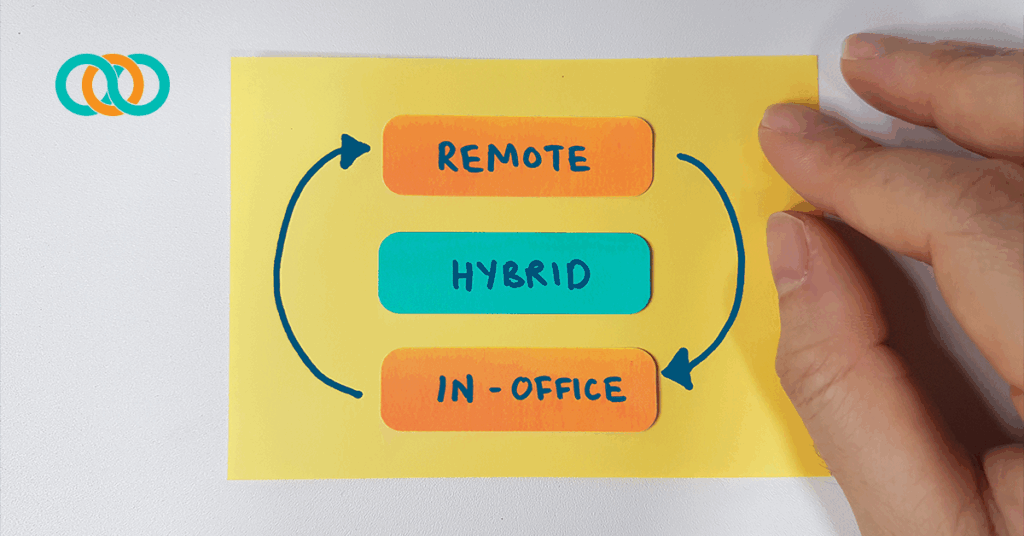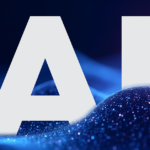A few years ago, most corporate training was still grounded in face-to-face workshops, classroom sessions, or on-site coaching. Then came the massive shift to remote work and now, we’re living in a world where hybrid workforces are the new normal. Teams are spread across time zones, some in the office, some working from home, and many doing both depending on the day.
This evolution has changed a lot of things about how we work, and training is no exception.
Instructional design services have had to adapt rapidly. It’s no longer enough to convert a slide deck into a webinar. Today’s learning experiences must be flexible, inclusive, and designed for how people actually work, whether that’s from a cubicle, their kitchen counter, or a coworking space halfway across the world.
So, what exactly has changed in instructional design for hybrid teams? Let’s take a look.
The Rise of the Hybrid Workforce
First, let’s define what we mean by “hybrid.” A hybrid workforce blends remote and in-office employees, often with flexible schedules and varying levels of access to technology and face-to-face interactions. This can include employees who:
- Work remotely full-time
- Split time between home and office
- Collaborate with distributed teams across locations
- Use asynchronous tools instead of in-person meetings
For learning leaders, hybrid work means you can’t rely on everyone showing up to the same training room at 10 a.m. on Tuesday. The new reality introduces challenges like:
- Varying availability: It’s hard to find a single time that works for everyone.
- Inconsistent environments: Some learners have dual monitors and headsets; others are dialing in from noisy kitchens.
- Isolation: Without hallway conversations or group workshops, learners can feel disconnected.
- Tech fatigue: Zoom and Teams fatigue is real and it’s making engagement harder than ever.
Instructional design services have stepped up to address these issues head-on.
How Instructional Design Services Have Evolved
Instructional designers used to build for a single mode of delivery, ILT (instructor-led training), eLearning, or VILT (virtual instructor-led training). In today’s hybrid world, they design for fluidity.
That means thinking beyond delivery formats and focusing on learner experience across environments.
For example, rather than building one long virtual workshop, a modern instructional design approach might create:
- A 5-minute pre-course video with key concepts.
- A self-paced eLearning module with interactive branching.
- A virtual group activity using a shared digital whiteboard (like Miro).
- A follow-up Slack discussion thread with a reflection prompt.
- A downloadable job aid for on-the-job reference.
This approach allows learners to engage when and how it works best for them, while still moving through a structured learning journey. It’s not about dumping all content online, it’s about creating a cohesive, multi-touch experience that works for everyone.
Designers are also leaning heavily on microlearning and mobile-first design to meet learners in the flow of work. If someone is onboarding from home on Monday and flying to HQ on Wednesday, they can still access the content consistently.
And because hybrid teams can’t rely on “absorbing things through osmosis,” instructional design services now place extra focus on clarity, guidance, and consistency.
Designing for Connection and Collaboration
One of the big challenges in hybrid work is that connection doesn’t happen organically. Gone are the watercooler chats, spontaneous sidebars, and impromptu peer coaching moments. That makes collaboration harder and training more isolated.
Instructional designers are tackling this head-on by building connection into the design itself. That could look like:
- Virtual breakout activities that require team problem-solving.
- Peer discussion boards to share perspectives or brainstorm ideas.
- Group assignments delivered asynchronously with shared tools (like Google Docs or MS Teams).
- Social learning elements like polls, storytelling prompts, or recorded “voice replies”.
Rather than relying on a single SME-led session, instructional design now intentionally creates opportunities for dialogue even when people aren’t in the same room (or time zone).
In some cases, designers are also crafting “choose your format” learning paths where learners can opt into live sessions or complete the same content on their own time both designed to produce the same outcome.
The key isn’t just collaboration, it’s deliberate, flexible collaboration.
Measuring Impact in a Hybrid World
In a traditional classroom, instructors could scan the room for confused faces or pull people aside for one-on-one coaching. That luxury doesn’t exist in hybrid environments, where learners are often just a name on a screen.
That’s why instructional design services are putting more emphasis on measurable impact both during and after training.
Some of the ways this shows up include:
- Checkpoints and quick quizzes embedded in modules to confirm understanding.
- Pulse surveys to gather real-time feedback and sentiment.
- Application tasks like submitting a short video or completing a scenario.
- Usage analytics from LMS or LXP platforms to track engagement trends.
- Performance metrics tied directly to the learning objectives.
Today’s instructional design isn’t about “Did they show up?” it’s about “Did they learn?” and more importantly, “Did it change how they perform?”
This kind of data not only improves the learning experience but also helps stakeholders understand the ROI of training investments especially important when hybrid delivery adds complexity.
Final Thoughts
The shift to hybrid workforces didn’t just change where we work, it changed how we learn. It pushed instructional design to become more agile, more inclusive, and more focused on experience over event.
It also created opportunities: to reach people wherever they are, to personalize learning in ways we never could before, and to reimagine what great training actually looks like in the modern workplace.
Instructional design services that embrace these changes are helping organizations build smarter, more resilient learning strategies that support today’s workforce and tomorrow’s.
Download Your Copy of 7 Steps to Convert ILT to VILT
Ready to Work with Us?
Does your L&D team have more projects than people? TrainingPros has been named a Top 20 Staffing Company internationally by Training Industry, and recognized as a Smartchoice® Preferred Provider by Brandon Hall Group for 2025. We’re also proud to be named a Champion of Learning by the Association for Talent Development (ATD)—an international honor that reflects our dedication to excellence in corporate learning. These accolades underscore TrainingPros’ unwavering commitment to delivering high-quality, tailored training solutions.
If your projects need instructional designers, virtual classroom producers, facilitators, or other L&D consultants for your leadership development design projects, reach out to one of our industry-expert relationship managers today.
When you have more projects than people™, let TrainingPros find the right consultant to start your project with confidence. Schedule a consultation today.
- 0share
- LinkedIn0
- Twitter0
- Facebook0
- Love This0











